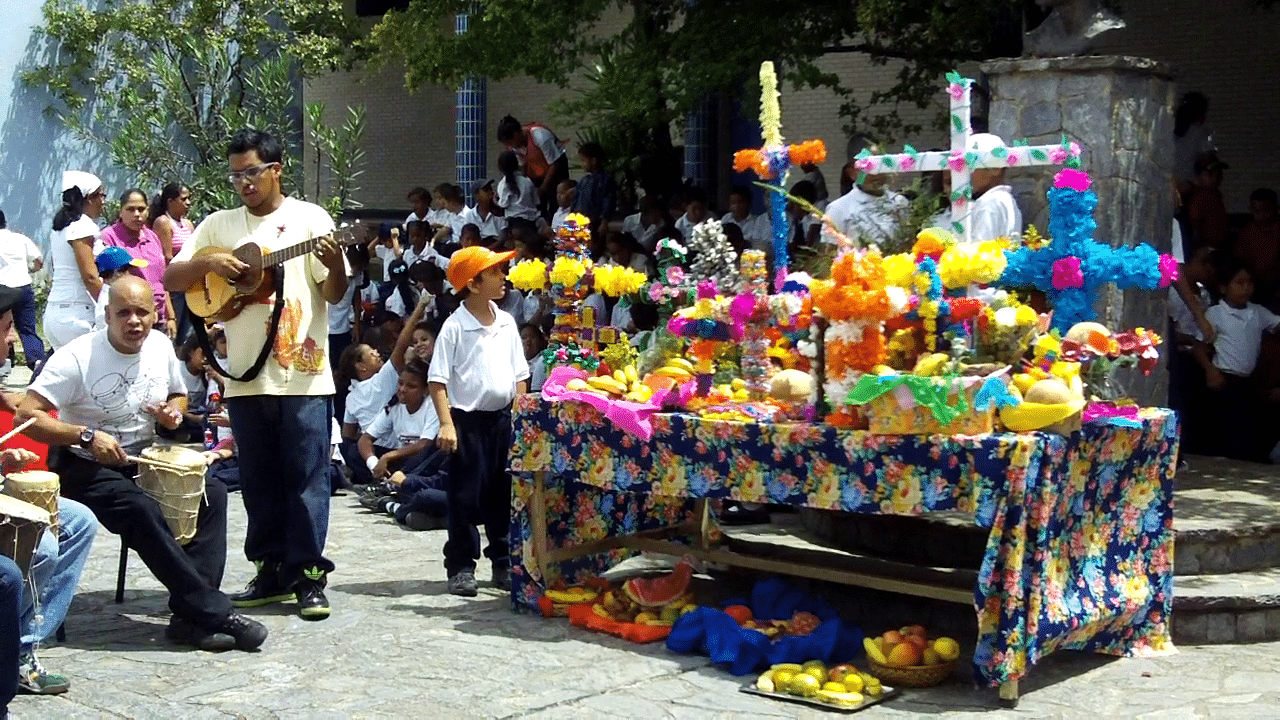
Do you know the customs of Venezuela? As in many other Latin American countries, it retains a deeply rooted set of typical customs and traditions. It is a country that has forged its identity from different migratory cultures, starting from the colonial era with the Spanish and Portuguese.
All these cultures, together with the ancestral natives, have contributed their bit to create lifestyles that today are recognized as a characteristic aspect so we are going to know what are some of the most important customs of Venezuela.
Popular Venezuelan customs
We started by talking about a traditional day of the Venezuelan people which consists of a daily routine when going to work. Thanks to this, it is considered a modern country in which both men and women work, while the children are usually cared for by nannies or some other relative. In rural areas, however, the typical custom is for the woman to remain at home and take care of all the needs of the home, including taking care of the children.
The man for his part dedicates himself to work and to get money to be able to support his family. It is also a fact that Venezuelan society value a lot family traditionsIncluding ideals of ethics and morality. Equally, respect and education are very important in all areas of society.
Wake songs
This is one typical custom of Venezuela which consists of a song that is performed in some localities of the country. The wake songs They are made by both men and women, surrounding a cross of flowers. Unlike other popular traditions, no musical instruments of any kind are used here, so it only consists of songs. The celebration itself is called "Wake of the Cross".
Cumaco dance
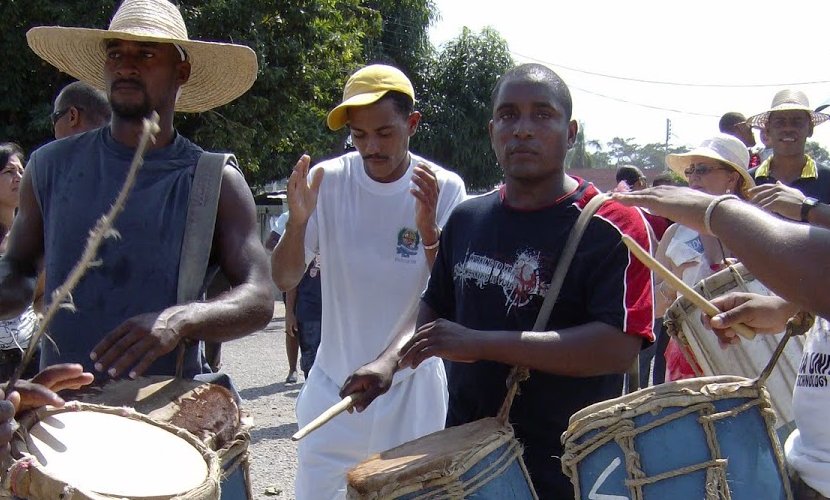
In this case it is one of the customs of Venezuela most typical that is celebrated in honor of San Juan. It is a very important celebration since it is celebrated in the entire coast of Venezuela. It is a dance that is accompanied by drums and that in most cases is informal.
She cries
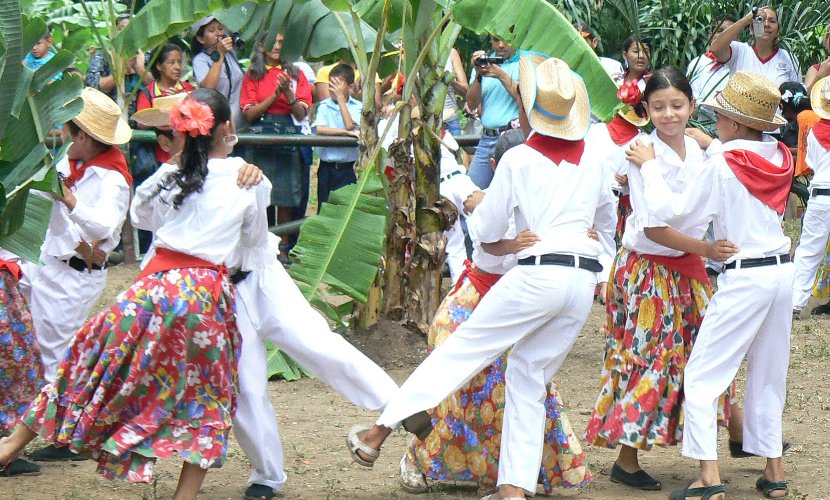
It is a folk dance which is very similar to the traditional waltz that we all know, however in this case it is the woman who must perform certain movements that aim to make her partner fall. It is one of the customs of Venezuela, particularly rooted in the Aragua valley. In general, it is a dance where there are two spaces, a small one that is for the musicians and their instruments, as well as a larger one that is used as a dance floor.
An important aspect about this Venezuelan custom it has to do with the fact that men should wear white clothes, in addition to a hat and a scarf tied around their neck. Women, for their part, must wear a white blouse, combined with a multi-colored skirt.
Dancing devils
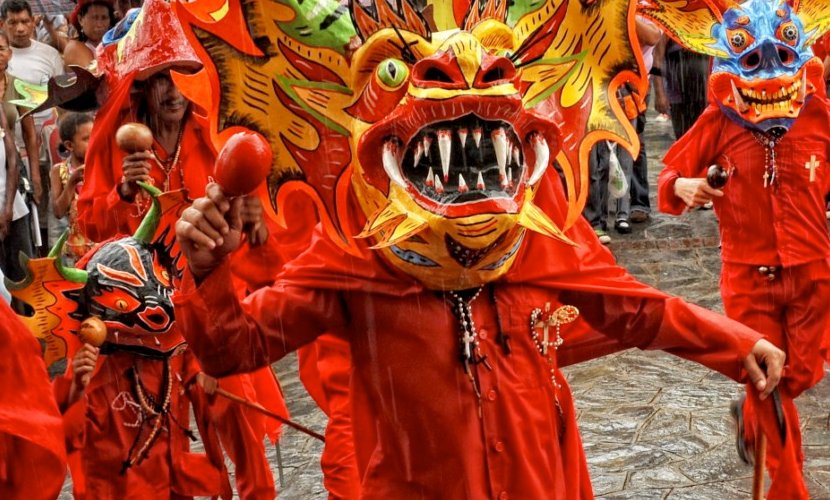
While it is true that dancing devils They have their origin in Africa, in Venezuela it remained ingrained after the colonial era. In this case, it is a celebration that takes place the day before Corpus Christi in the town of Chuao. It basically consists of a series of dancers that are placed in order of hierarchy according to their representation: First Captain, Second Captain and the Sayona. The Sayona It must be said, it is a female character represented by a man who uses a devil mask. The purpose of this dance is to frighten the devil with a rezo Magnificat.
Caracas stoves
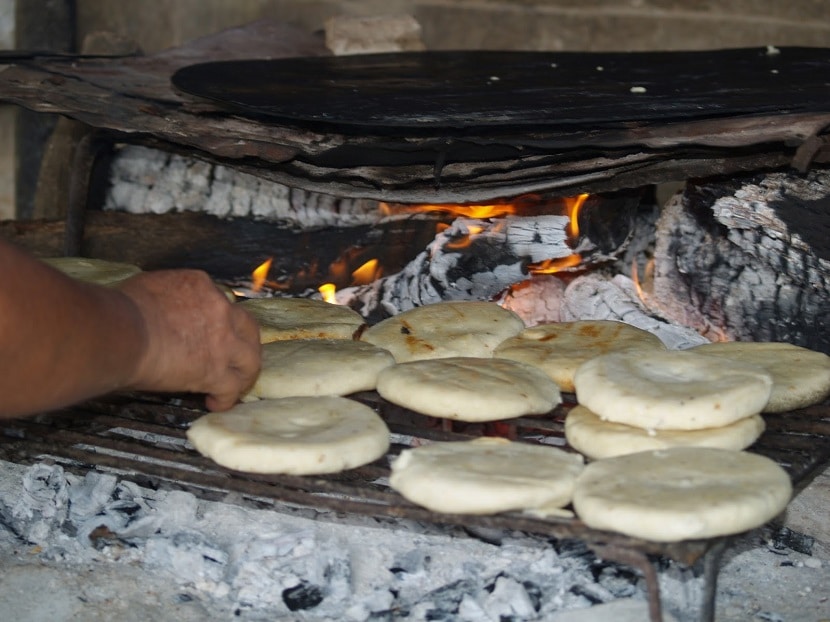
Caracas cookers They are a fundamental part of Venezuelan gastronomy. They are known as family kitchens from where the traditional food of Venezuela comes from. It was in these elements where the Mestizo Hallaca emerged with Spanish, Black and Indian influences.
Mucuchíes Festivities
In the town of mucuchíes A large number of festivals are held that have a mystical origin since they were inherited from the Spanish during the time of the conquest. In general, the most popular festivals in this town, which is a tradition, take place during the month of December, which is when the town's patron saint festivities take place. Towards the end of that month, the day of Santa Cecilia, in addition to the day of the Virgin of Guadalupe and saint lucia day. These three virgins are highly revered by the inhabitants of this town, making it one of the most deeply-rooted customs of Venezuela.
The Joropo
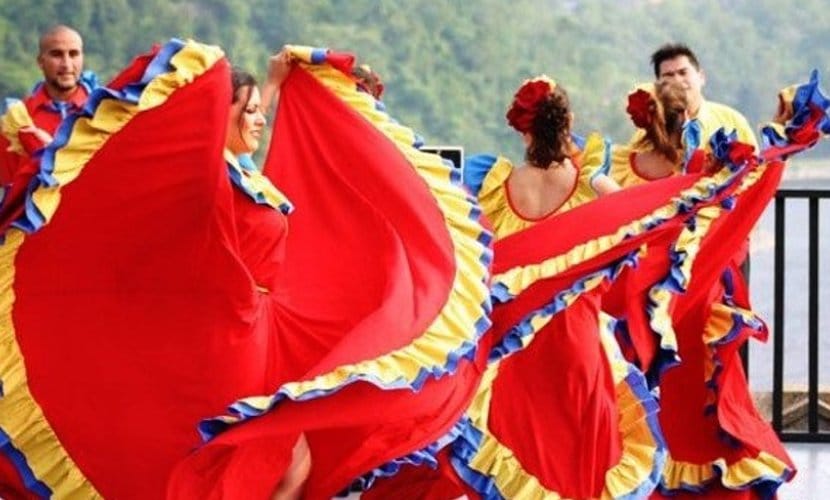
It is also another of the customs of Venezuela that in this case corresponds to a traditional form of dance and music. Previously this was a celebration that had a party character, however over the years it was simply an expression of music and dance. It is worth mentioning that today it is considered as an emblematic symbol of Venezuelan identity, not to mention that its origins date back to the middle of the year 1700 when the peasants began to use the term "Joropo" instead of "Fandango".
If you want to know more about the customs of Venezuela, we leave you with more Venezuelan traditions so you can learn more secrets of this culture.
I like